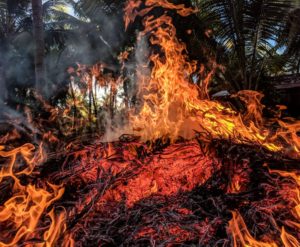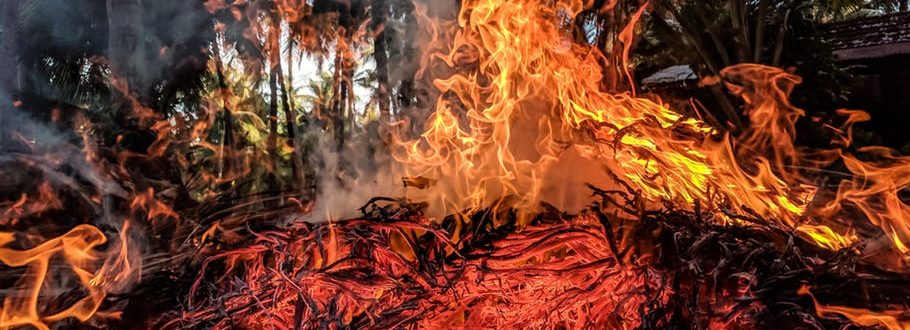Effects of Wildfires on Climate
We know that wildfires are dangerous. They put lives at risk and destroy communities. However, there are many other reasons to prevent wildfires in an area. They have a direct effect on climate change and the environment.
The effects they have are amazing. Here’s a look at how those wildfires are doing long-term damage.
A Change to the Regional Weather Patterns
Have you ever wondered why some years we’ll see more severe droughts than others? Or some winters we’ll see colder temperatures? And in recent years, the summers have become
Because of the change in weather patterns, there’s a higher risk of droughts and heat waves. This increases the chance of wildfires happening in a local area.
Not only that, but the length of fire season gets longer. We’ve seen an uptick in the length of fire season since the mid-1980s. Snow has melted earlier but has taken longer to come back, which increases the length of time there is heat in some parts of the world.
Dramatic Reduction in Air Quality
The smoke from the fire immediately destroys the air quality around the area. And that smoke travels to areas that aren’t even being affected by the physical fire. This is all linked to the oxygen that is being burned up, with the fire releasing more carbon dioxide.
That reduction in air quality will immediately affect your health. Our lungs need the oxygen, and the increased carbon dioxide (and carbon monoxide from the fires) will put our lives at risk. Those with asthma and other breathing conditions are likely to suffer first, but everyone does eventually.
Loss of Landscape
The fires cause irreparable damage to the forestry and grasslands in the area. The fire will burn out the material, leading to more dead trees and a direct effect on the quality of the air since there are fewer trees breathing in the carbon dioxide in the air and releasing more oxygen for us.
This is more than just a beauty aspect. The extra dead and dying vegetation leads to a major problem for wildfires. It increases the risks of more wildfires. The dead and dying vegetation doesn’t have the moisture to lower the risk of the vegetation catching fire. It becomes the perfect debris.
It’s important to take steps to reduce the risk of wildfires. These are having major effects on the climate, and in many ways, those effects are irreparable.
